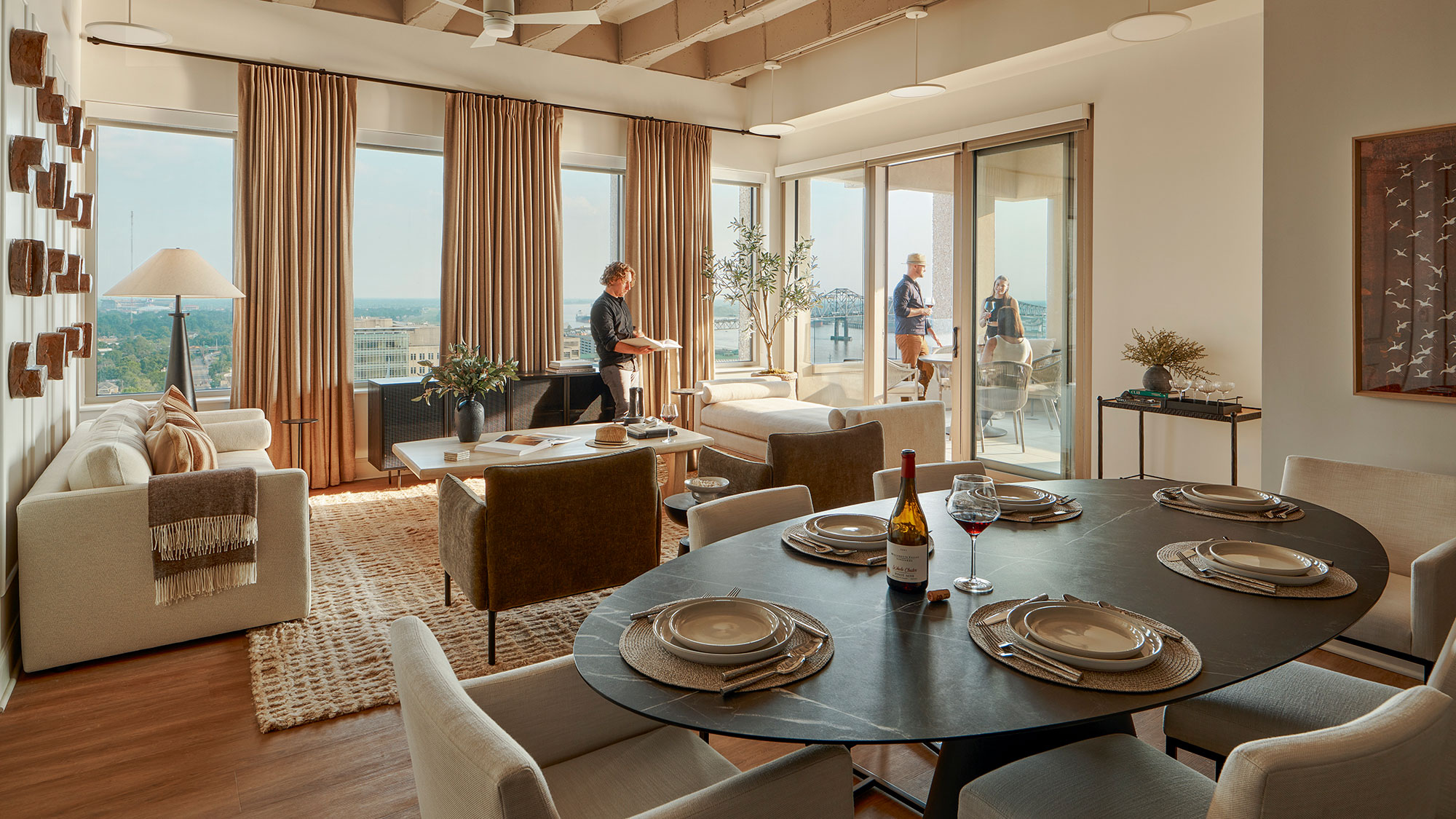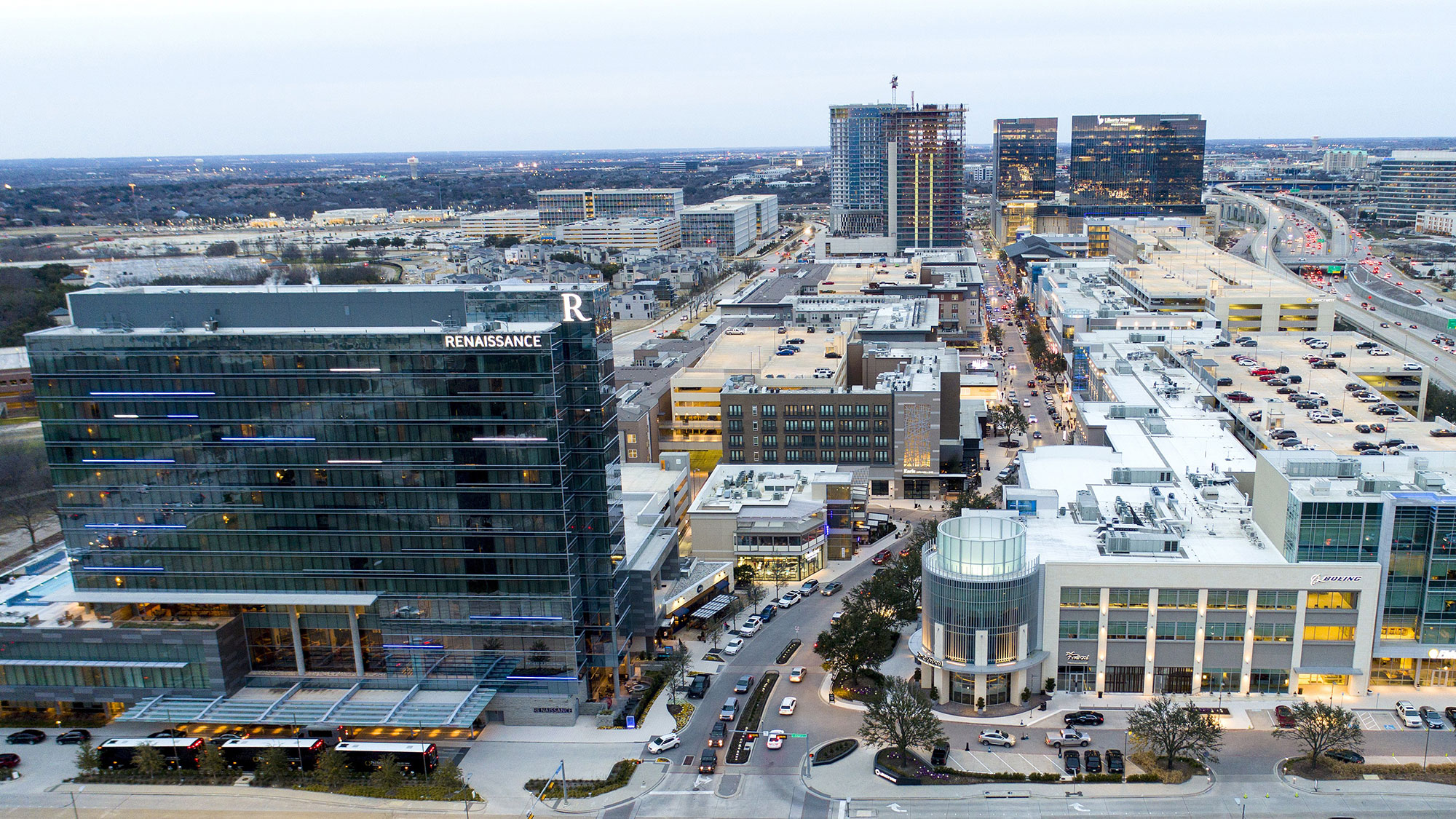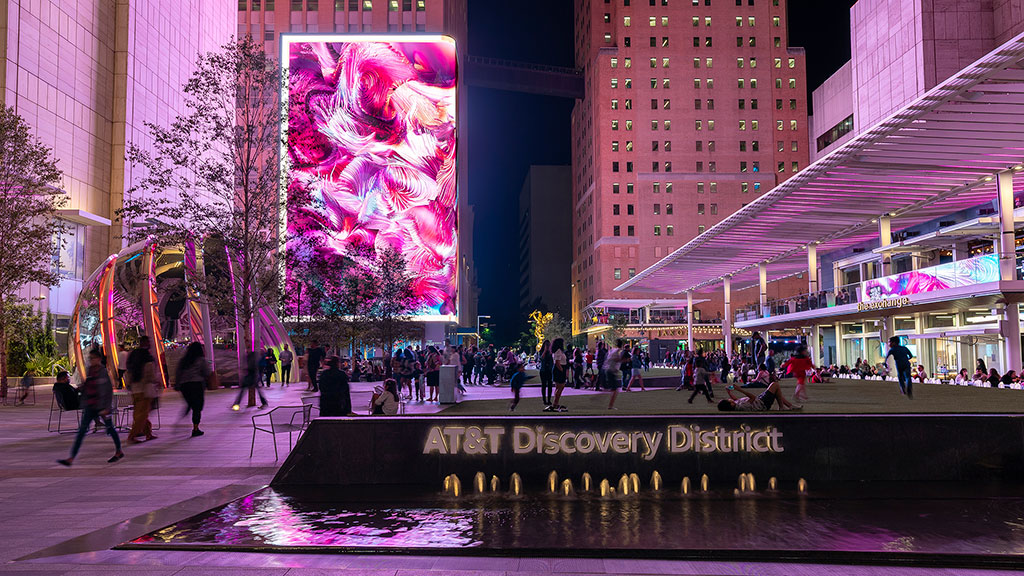Now More Than Ever, Quality of Place Matters
March 07, 2024 | By Barry Hand
From a lack of affordable housing to a renewed emphasis on flight to quality and repurposing distressed commercial real estate assets, the past few years have highlighted the myriad commercial and residential issues facing our communities. As investors look to where to place their bets, one thing is clear: now more than ever, quality of place matters.
At the Urban Land Institute’s (ULI) 2023 fall conference in Los Angeles, multiple themes percolated upward, leaving a lasting imprint upon thousands of attendees. Those particularly important and inter-related topics included:
- Increasing affordability issues at all strata of housing.
- Double-digit percentages of sole use commercial real estate that will eventually need to be repurposed and/or demolished.
- Further tightening of lending/underwriting and construction costs.
Upon reflection, these issues have been brewing for a while and they are not surprising. In many ways, the individual topics are related and can be solved together.
Lack of Affordable Housing
Lack of attainable and affordable housing in numerous markets for all income levels is an accelerating issue due to population growth, regulatory/zoning challenges, land costs, horizontal sprawl, construction costs, NIMBYism, and the cost of capital. Each of these issues fuel concerns for lenders that are already facing stress within their commercial real estate portfolios. The solution will require a multifaceted approach.
Most metropolitan areas are seeing population growth. These same communities are chasing stronger commercial tax bases, as well as the same employers and users who need accessible, mixed-income workforce housing in compelling and walkable settings. Again, there is no single magic solution. But legislation, incentives, and zoning changes to allow greater residential densities and/or residential conversions from unoccupied or blighted commercial structures will bring quick and creative solutions for urban housing and commercial real estate issues.

Distressed Commercial Real Estate
The percentage of distressed commercial real estate is debatable and undoubtedly varies by submarkets. Too much of our outdated, single-use commercial real estate is no longer as desirable to users, and we are already seeing the liquidation of those assets. The lack of desirability extends from both employers and users who are either shrinking their real estate footprints and/or moving toward newer infrastructure adjacent to or embedded in lifestyle amenities. There will always be flight to quality. This is a concern for every analyst within commercial portfolio holders.
The flight to quality and the preferences for newer structures built within the last decade require further repurposing of older commercial structures and land into other uses to solve stresses in portfolios and tax bases. In some locations, there is a need for zoning/regulatory changes and public investment to jumpstart the turnaround and revitalization of blighted, single-use commercial areas. Not every commercial building is suited or practical for conversion to residential or hospitality uses today, but many are and should be considered.

Rising Development Costs
The scarcity of lending for new projects seems counterintuitive for anyone operating in a growing multifamily or industrial environment, where demand remains strong. Many components in our economy are interrelated, however, and a further basic understanding of the stresses upon lenders and owners brings a quick and sobering clarity to current difficulties in the development industry. Lenders are now simply reducing their exposures and focusing on select projects with longstanding personal/business relationships and deals that are durable and rich in a mix of components and quality of place.
The days of single-use facilities surrounded by surface parking are ending. In many cases, small, infill and redevelopment projects are attracting real estate investors. Higher land basis and lending issues increasingly require that every corner of a place be strategically and carefully focused on their target users and designed for a mix of uses integrated in a manner to maximize the land use throughout the day. Neighborhood designs that offer a person’s daily uses in proximity and reduce commuting (the 20-minute city or neighborhood concept) reflect smart land utilization. To further enhance our urban spaces, intuitive solutions for mobility and digital experience are key in ensuring consumers are happy and will return to a well-designed place.
Investors gravitate toward the best proposals, and thankfully, quality developments are still being underwritten today. To ensure quality of place and durability in development, the commercial real estate industry should focus on engagement and authentic, neighborhood-based solutions that are built upon a story rooted in a diversity of offerings/experiences and expert knowledge of the local culture. This really matters. A durable project with a purposeful, memorable, and activated public realm that maximizes user interactivity, connectivity, and a diversity of real experiences activated during all hours of the day will keep a wide spectrum of local patrons returning. It is also important to plan for thoughtful long-term programming of public open spaces. It is not enough to simply set up movable benches and install a lawn that is mowed once a week.
Each of these challenges will need to be improved together in a parallel approach. One solution brings momentum to the others among a city’s commercial and residential assets. Placemaking and perhaps even more importantly, “placekeeping,” where our cultural heritage and assets are preserved and integrated, are key. Together, these creative solutions will better ensure successful investments in truly durable places within our cities.
For media inquiries, email .

